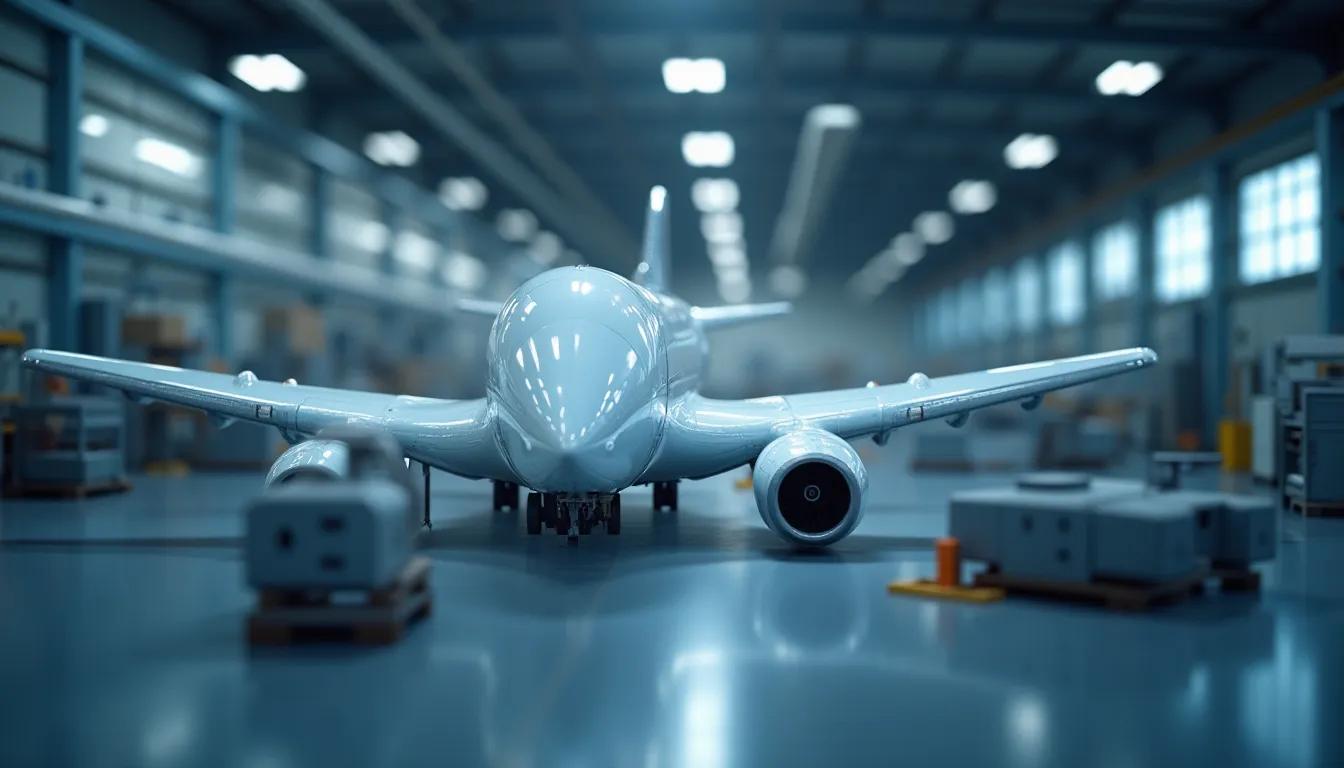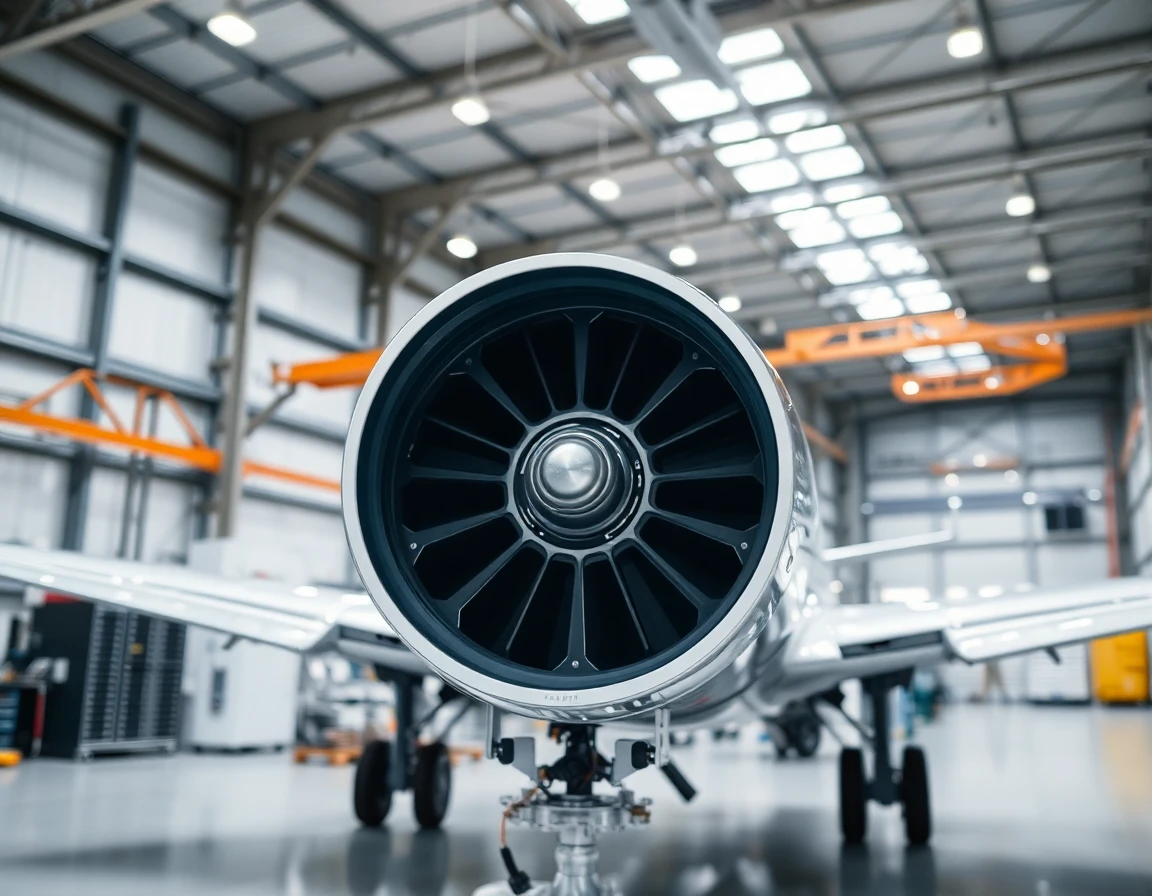The aerospace industry is on the cusp of a significant transformation, driven by revolutionary materials and advanced manufacturing techniques. As the demand for lighter, stronger, and more efficient aircraft grows, aerospace materials are playing a critical role in meeting these challenges. This article will delve into the latest developments in aerospace materials, their applications, and the potential impact on the industry.
The Need for Advanced Aerospace Materials
In recent years, the aerospace sector has increasingly focused on enhancing performance and reducing operational costs. Traditional materials such as aluminum, while still widely used, are being complemented or replaced by advanced composites and alloys. These innovative materials offer superior strength-to-weight ratios, fatigue resistance, and thermal properties, which are essential for modern aerospace applications.
Key Materials Transforming Aerospace Production
-
Carbon Fiber Reinforced Polymers (CFRP)
CFRP has become a staple in aircraft manufacturing due to its exceptional strength and lightweight characteristics. As reported by the Aerospace Materials Research Institute, CFRP components can reduce aircraft weight by up to 20%, leading to significant fuel savings and reduced emissions. -
Titanium Alloys
Titanium alloys are favored for their high strength, corrosion resistance, and ability to withstand extreme temperatures. According to aerospace materials expert Dr. Emily Carter, “Titanium alloys are increasingly used in engine components and airframes, where durability and performance are paramount.” -
Aluminum-Lithium Alloys
These alloys offer a lighter alternative to traditional aluminum, with improved stiffness and fatigue performance. The combination of aluminum and lithium reduces density without compromising structural integrity, making them ideal for aerospace applications. -
Nano-Materials
The integration of nano-materials in aerospace applications is poised to revolutionize the industry. Researchers are exploring the use of nano-composites in thermal management systems, which could lead to enhanced heat resistance and better thermal efficiency in aircraft engines.
Advanced Manufacturing Techniques
In conjunction with these materials, advanced manufacturing techniques such as additive manufacturing (3D printing) are reshaping the aerospace landscape. These methods facilitate the production of complex geometries and lightweight components that were previously impossible to manufacture.
Benefits of Additive Manufacturing
- Cost Efficiency: Reducing waste and minimizing material costs.
- Customization: Allowing for tailored designs that meet specific performance requirements.
- Speed: Accelerating the production timeline from design to delivery.
According to aerospace engineer Mark Thompson, “Additive manufacturing is not just a trend; it’s a fundamental shift in how we approach aircraft design and production.” The ability to create intricate parts on-demand is proving invaluable in meeting the unique needs of aerospace applications.
The Role of Aerospace Materials in Satellite Communication
The evolution of aerospace materials also extends to satellite-communication technologies. Lightweight and durable materials are essential for the construction of satellites, which must withstand harsh conditions in space. Advanced aerospace materials enhance the performance of satellite components, enabling more efficient communication systems.
For instance, high-precision accelerometers integrated into satellites ensure accurate positioning and navigation, crucial for effective data transmission. These advancements not only improve satellite functionality but also contribute to the growing field of internet connectivity, particularly in remote areas.
Future Implications and Industry Outlook
As the aerospace industry continues to innovate, the focus on aerospace materials will only intensify. Future developments may include the introduction of self-healing materials that can repair themselves, significantly extending the lifespan of aircraft components. Furthermore, the use of artificial intelligence in material science could lead to the discovery of new materials with unprecedented capabilities.
Expert Perspectives
“Innovation in aerospace materials is crucial for the sustainability of the aviation industry,” says Dr. Sarah Connors, Director of Materials Research at the National Aerospace Laboratory. “As we face growing environmental challenges, developing materials that enhance efficiency while reducing emissions will be at the forefront of our research.”
Conclusion
In conclusion, the ongoing advancements in aerospace materials and manufacturing techniques are set to redefine the aerospace industry. With the integration of innovative materials such as CFRP, titanium alloys, and nano-materials, alongside cutting-edge manufacturing processes like additive manufacturing, the future of aerospace production looks bright. As these technologies evolve, they will not only enhance aircraft performance but also contribute to the sustainability of the industry as a whole.
As the demand for efficient and eco-friendly aerospace solutions rises, the role of advanced aerospace materials will be more critical than ever, paving the way for the next generation of aviation technologies.
References
-
aerospace materials Research - defensenews.com (defensenews.com)
-
aerospace materials Research - aviationweek.com (aviationweek.com)
-
aerospace materials Research - spacenews.com (spacenews.com)



